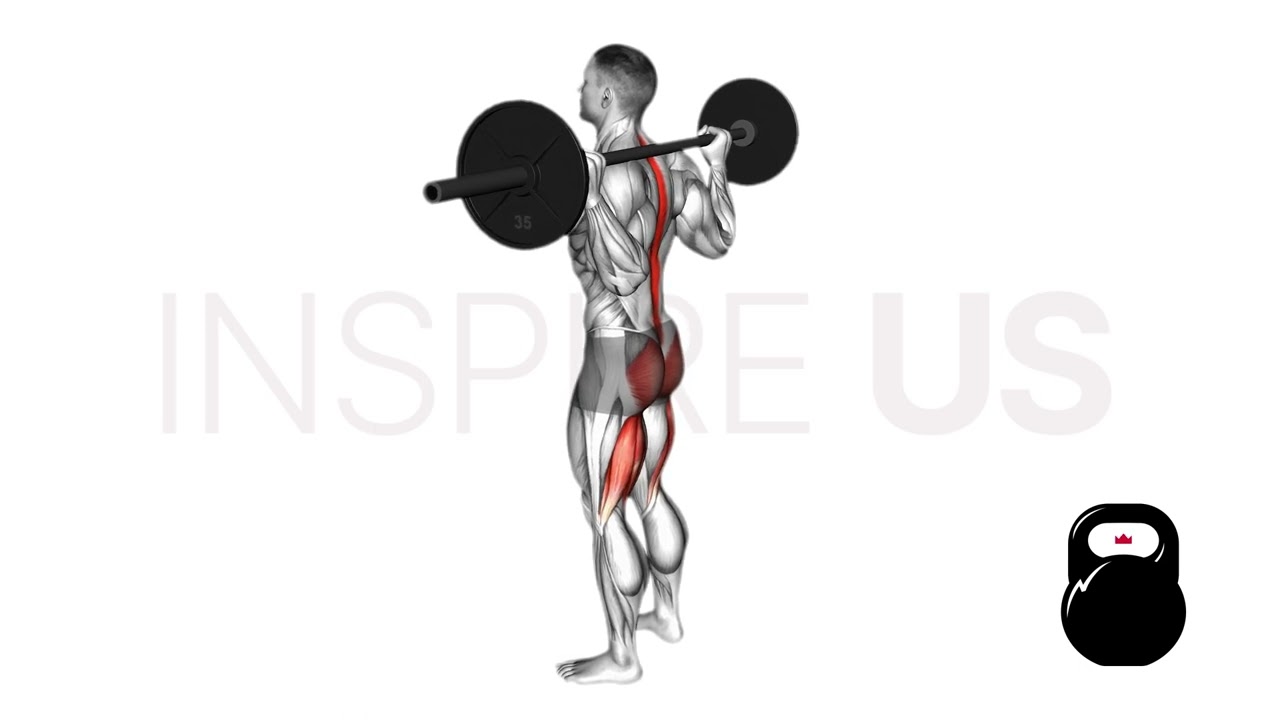Barbell Good Morning: Benefits, Muscles Worked, and More
When speaking of posterior chain development and lower back reinforcement, one would be remiss to forget the barbell good morning - a hotly-debated yet effective exercise used by powerlifters and martial artists alike.
But before unracking a barbell and bending at the hips, it’s important to continue reading and to assess how best to perform the good morning with as minimal a risk of back injury as possible.
However, if you’re in a hurry, the barbell good morning can be summed up as a hip hinge exercise primarily used for building up mass and strength in muscles like the erector spinae, glutes and hamstrings - all in a single efficient movement that requires nothing but a loaded barbell to perform.
What are Good Mornings?
Subtracting the usage of a barbell for a moment, the good morning itself is a compound hinge exercise involving the lifter performing a full hip hinge so as to train the muscles of the posterior chain and back - often in moderate volume sets.
Good mornings (whether with a barbell or not) are often performed as an accessory movement to exercises like the back squat or deadlift due to their similarity in mechanics and muscular recruitment.

There is often debate as to the appropriateness of recommending good mornings as an exercise, especially the barbell good morning.
Such debate is primarily a result of the admittedly higher risk of lower back injuries that good mornings present - a risk that can be mitigated by performing the exercise with proper technique and a reasonable amount of weight.
If you plan to perform the barbell good morning, it is a good idea to first consult a medical professional, and to ensure that you have a solid grasp of the unweighted good morning variation before attempting it with a barbell.
Who Should Do Good Mornings?
Good mornings are somewhat more technically and physically demanding than many other movements, and as such it should be reserved for lifters of at least an intermediate level of exercise familiarity.
Strongman competitors and powerlifters will see the most benefit from barbell good mornings.
In addition, if the lifter has a history of pelvic, spinal or abdominal injury, it is better to avoid hip hinge exercises altogether.
How to Do Barbell Good Mornings Safely
Racking a barbell atop their trapezius, the lifter will stand upright with their core firmly contracted, their feet a comfortable width apart and the head facing firmly forwards.
The hands should be out at both sides, securing the barbell.
Beginning the repetition, the lifter will perform a hip hinge by pushing the pelvis back and unlocking their knees, ensuring the entire time that the spine and lower back are held in a neutral position.
As the pelvis travels backwards, the torso will move forwards - hence the term “hinge”, as the movement revolves around the pelvis hinging the torso.
Once the torso is angled nearly parallel to the floor, the lifter will drive through their feet and push the pelvis forwards, drawing the torso back upwards.
The repetition is considered complete once the lifter has returned to their original upright position.
What Muscles Do Good Mornings Work?
Good mornings are a compound exercise, meaning that they train more than a single muscle at once.
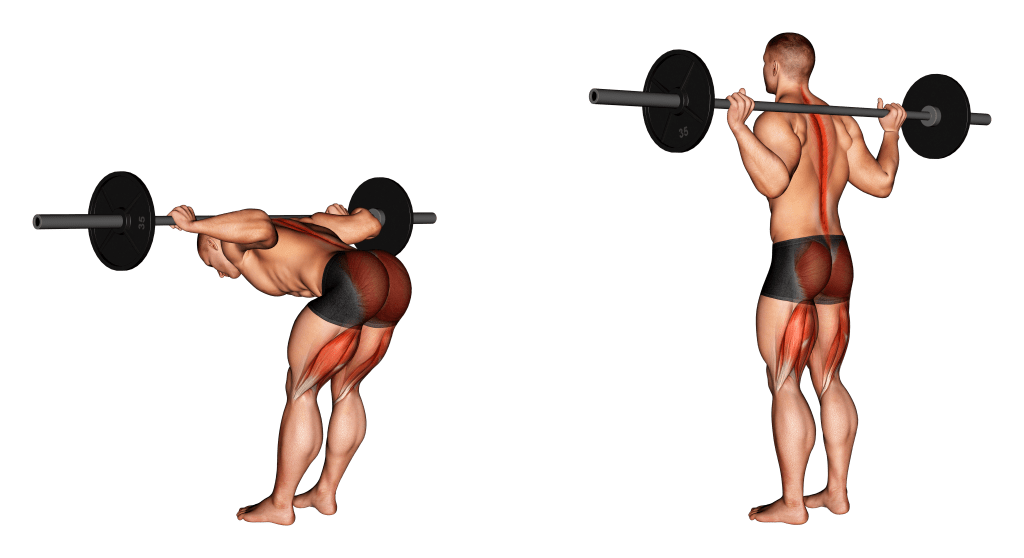
These muscles are divided by the nature of their contraction, and the intensity of said contraction, with primary and secondary mover muscles being utilized in a dynamic capacity, and stabilizer muscles contracting isometrically.
Primary Mover Muscles
Good mornings work the glutes and hamstrings as primary mover muscles, and as such it is these muscles that receive the most benefit.
Secondary Mover Muscles
In terms of secondary mover muscles, it is the hamstrings that are utilized (again) during the initial half of the repetition.
Stabilizer Muscles
The core musculature and erector spinae act in an isometric capacity throughout each repetition of the barbell good morning, and allow for the hamstrings and glutes to be loaded safely.
What are the Benefits of Doing Good Mornings?
In actuality, it is unlikely that the barbell good morning would be so hotly debated if it were meritless - quite the opposite, the barbell good morning is unique in its capacity to strengthen and develop the posterior section of the body, alongside a few more niche benefits that are just as distinct.
Significant Posterior Chain Development
Barbell good mornings are performed to train the muscles of the posterior chain - a purpose that they serve exceedingly well, especially when performed for high volume in a manner that exercises like the deadlift cannot replicate.
Lifters with lagging glute muscles or poor hamstring contraction may see significant improvements by including the barbell good morning into their back day workout.
So long as total weight is tempered and correct form is followed, the barbell good morning is doubtless an excellent addition for targeting the most often neglected parts of the body.
Improved Posture
It goes without saying that the muscles of the erector spinae, glutes and core are integral to maintaining proper posture. They hold the spine in place, stabilize the entire body during movement and ensure that everything is in the correct alignment.
As such, it should be no surprise that performing barbell good mornings leads to subsequent improvements in posture, as the muscles needed for proper posture grow stronger and more stable as a result.
Improved Back and Core Stability
Isometric contraction is a vitally important capability of any muscle - but all the more so the muscles of the core, and those of the back.
These two groups of muscles control, stabilize and protect the most vital parts of the upper body, and as such training them through regular barbell good morning performance is an excellent way of reducing future injury risk and improving muscular function as a whole.
Carryover to Other Hip Hinge Exercises
In exercise, the term “carryover” refers to how performing one seemingly unrelated movement can result in improvements in another movement.
For the barbell good morning, this equates to exercises like the back hyperextension, barbell deadlift and goblet squat all being indirectly made easier to perform for the lifter.

Such carryover is a result of muscular strengthening, mobility improvements, neurological control, muscle memory and a host of other intrinsic effects that are applicable between the good morning and exercises of similar mechanics.
The Most Common (and Dangerous) Good Morning Mistakes
Although there is no doubting that the barbell good morning is an effective exercise, one also can’t deny that it is especially dangerous when performed incorrectly - more so than many other exercises due to the inherently precarious stance it places the lifter in.
The following are the most common and the most dangerous errors one can make when performing the good morning.
Failure to Brace the Core
Maintaining proper core contraction is integral to performing the barbell good morning correctly. Failing to do so can result in the torso collapsing, the body becoming destabilized and even an increased risk of sustaining abdominal hernias.
As such, it is absolutely important to ensure that the core is correctly braced throughout each set of good mornings, and that the lifter stops performing them if their core muscles are too fatigued to contract correctly.
Leading With the Torso
The barbell good morning is a hip hinge exercise, and as such much of the movement involved should be led by the pelvis itself, rather than the torso. The torso moving forwards is meant to come as a secondary action as the pelvis is pushed backwards.
Leading the exercise by bending forwards at the torso first can place unnecessary strain on the lower back, and potentially lead to the lifter losing their balance as well.
Rising With the Knees
While it is good form to bend slightly at the knees to maximize hamstring muscular contraction, rising during the latter half by first extending the knees instead of pushing the pelvis forwards can negate some of the gluteal muscle benefits derived from the exercise, if not strain the back as well.
As was mentioned in the previous tip, it is important to lead much of the good morning’s movement with the pelvis, rather than other parts of the body.
The knees extending should come after the hips have been partially pushed forwards.
Reaching the Point of Failure
While some exercises are most beneficial when performed to the lifter’s physical limits, the barbell good morning is not one of them.
Reaching a failure state by attempting to lift too much weight, performing too many repetitions or performing too many exercises in the same workout can easily lead to injury, as even one muscle group failing during a repetition of good mornings can potentially injure the spine and lower back.
It is best to perform barbell good mornings until you are 1-2 repetitions shy of failure, as this is enough of a barrier to protect against poor form adherence driven by muscular fatigue.
Barbell Good Morning Alternatives
If your coach has pulled you off good mornings, or if they don’t quite fit your needs - don’t worry, there are quite a number of exercises that can fulfill much the same role.
1. Back Extensions
Back extensions are the perfect good morning alternative for lifters that wish to reduce the risk of injury and eliminate the need to move any joints below the pelvis.
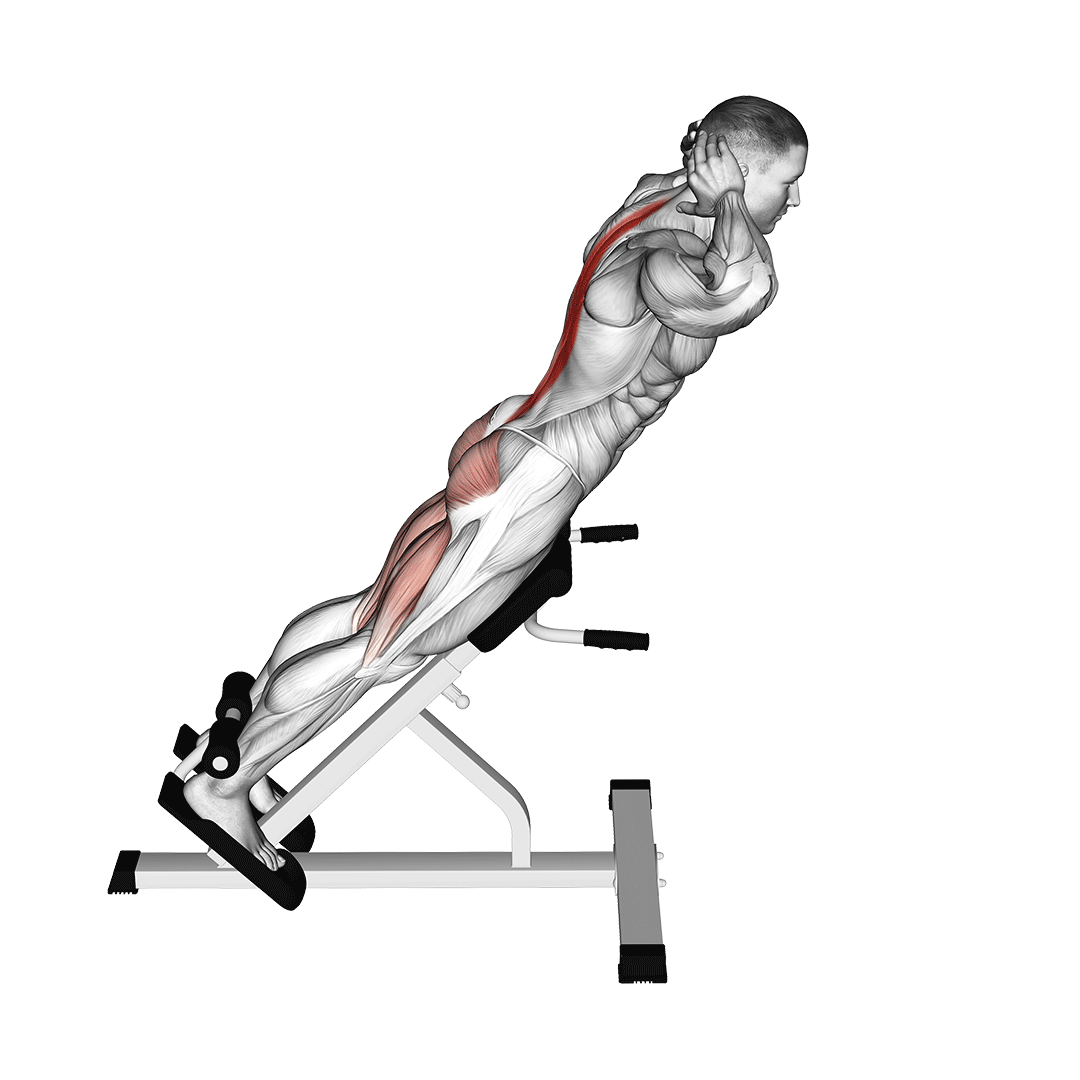
In practice, they are an exercise involving the lifter placing their lower body within a rack and hinging from the pelvis so as to dip their torso downwards, with no knee bending or lower body stabilization needed.
2. Machine Leg Curls
For lifters that simply wish to keep the muscular development of the good morning, one possible alternative is to instead perform machine leg curls - of which summarily train much the same muscle groups (minus the core and erector spinae) in a manner that allows for even greater training volume.

3. Barbell Hip Thrusts
For reinforcement of hip hinge mechanics and gluteal strength, the barbell hip thrust can readily replace the barbell good morning in a workout.
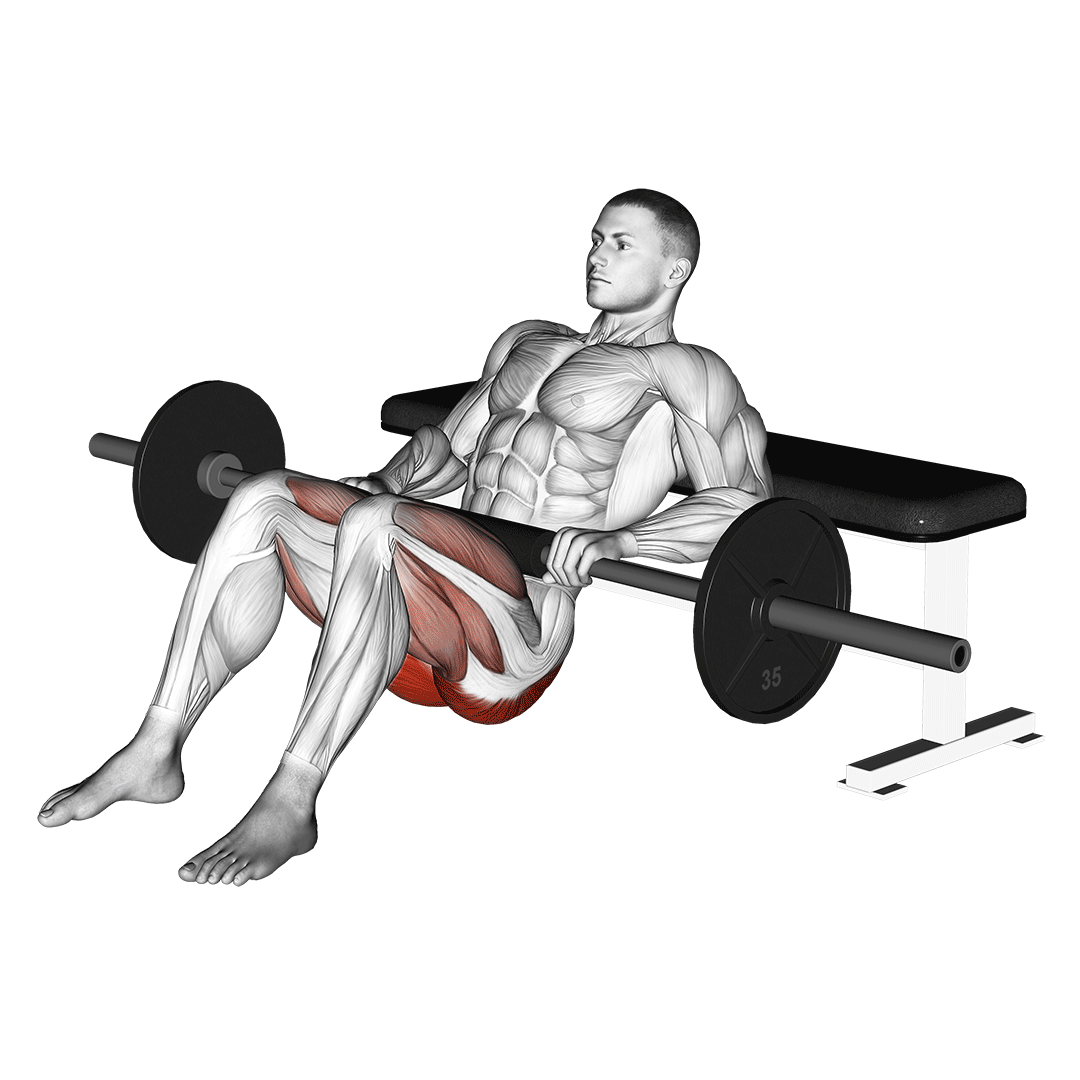
While the hip thrust isn’t quite as effective at training the erector spinae or hamstrings, it utilizes much the same movement pattern and gluteal range of motion, and as such can fulfill similar niches to the good morning.
Frequently Asked Questions (FAQ)
Are Good Mornings the Same as Romanian Deadlifts?
Not at all.
Romanian deadlifts involve the barbell being gripped beneath the torso by the lifter, whereas good mornings involve the bar being racked atop the trapezius, similar to the positioning of a barbell squat.
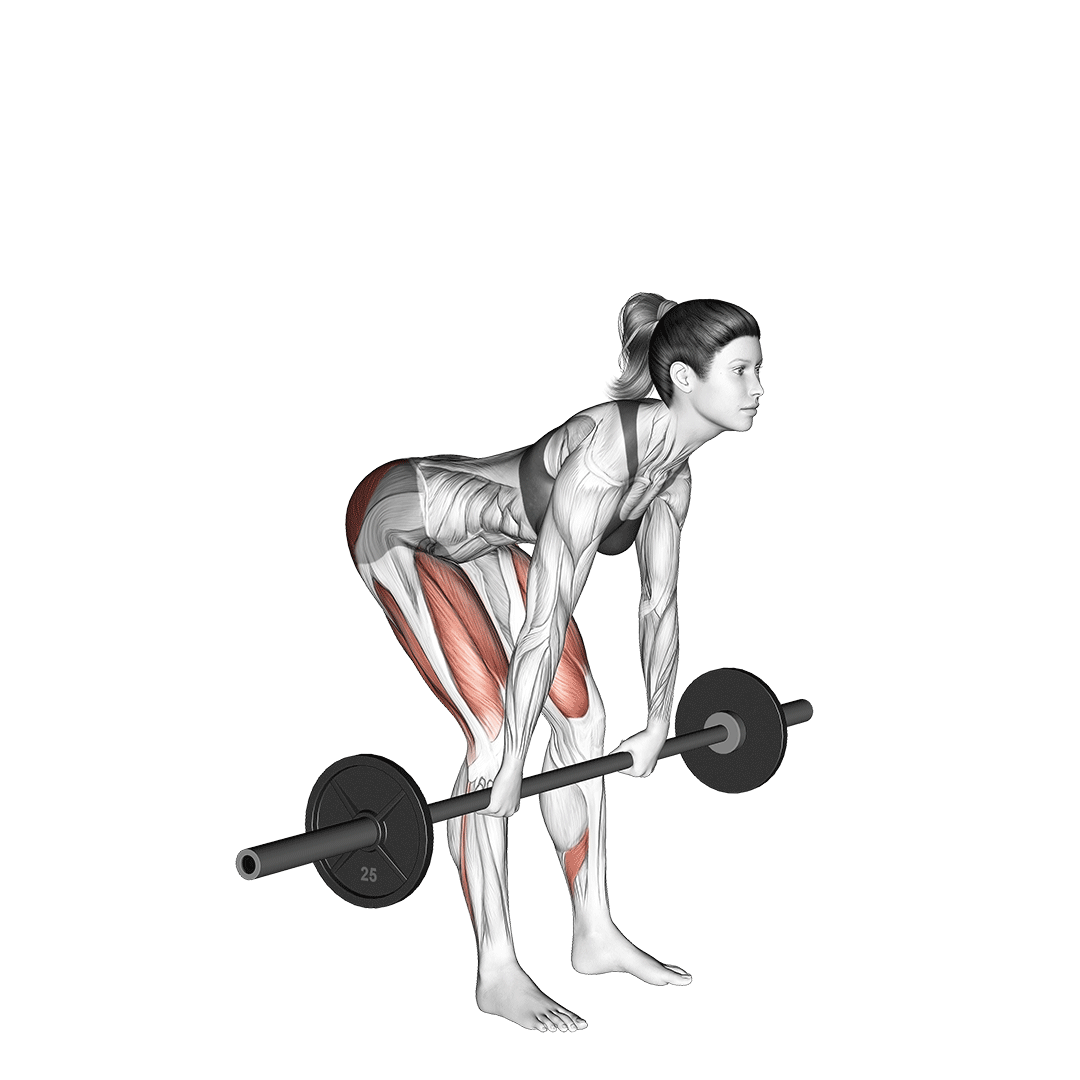
Why is it Called a Good Morning?
Although it is unconfirmed, the “good morning” exercise is supposedly referred to as such because it resembles the movement of an East-Asian student bowing in the mornings.
Do Bodybuilders do Good Mornings?
In truth, it depends on the bodybuilder themselves.
Some would rather not risk the injury, and prefer alternative exercises that allow for greater hypertrophy to be achieved - whereas others believe posterior chain strength and proper hip hinging mechanics to be an important part of their training, and will include it alongside exercises like the deadlift or squat.
Final Thoughts - Should You Do Barbell Good Mornings?
The posterior chain and lower back are the most often-neglected parts of the body - an irony, considering they are also the areas most at risk of injury.
While the barbell good morning is undoubtedly an excellent exercise, the risks involved must also be considered. Remember that it is not the sole exercise of its class, and there are many that can act as a ready substitute, if needed.
For the smartest approach, it is best to ask your physician prior to performing the exercise, and to seek out the coaching of a professional as you familiarize yourself with the barbell good morning.
References
1. Schellenberg, F., Lindorfer, J., List, R. et al. Kinetic and kinematic differences between deadlifts and goodmornings. BMC Sports Sci Med Rehabil 5, 27 (2013). https://doi.org/10.1186/2052-1847-5-27
2. Vigotsky AD, Harper EN, Ryan DR, Contreras B. Effects of load on good morning kinematics and EMG activity. PeerJ. 2015 Jan 6;3:e708. doi: 10.7717/peerj.708. PMID: 25653899; PMCID: PMC4304869.

